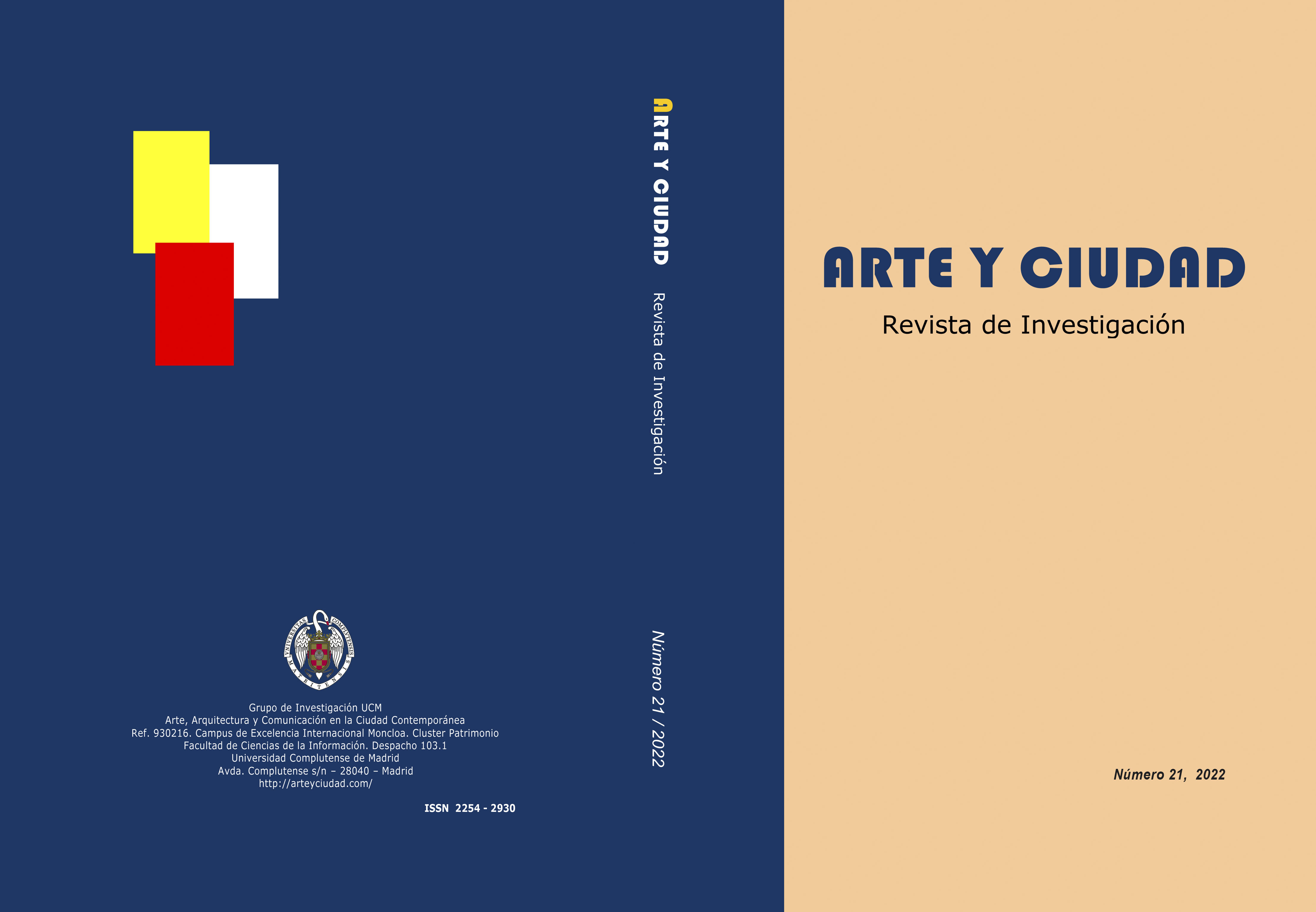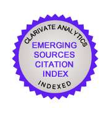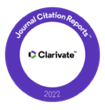Heritage valuation as a project strategy in urban environments. Methodologies in dialogue applied to the case of Portugal.
DOI:
https://doi.org/10.22530/ayc.2024.26.664Keywords:
Adaptive reuse, cultural values, built heritage, heritage methodology, attributesAbstract
In the current economic and environmental scenario in which we find ourselves, where global strategies for the preservation of resources are being promoted, the field of architecture is advocating to join its efforts in the search for existing buildings that can be reused instead of new constructions. In order to account for the relevance of rehabilitation as a sustainable strategy, this research focuses on contemporary architectural interventions on heritage assets in urban environments in Portugal, proposing as its main objective the review of the Portuguese landscape of contemporary heritage intervention based on a working hypothesis that aims to show, quantitatively and qualitatively, whether the identification of cultural values is the working instrument used to define intervention criteria. A methodology based on the analysis of the Portuguese panorama is used to make a diagnosis of the current situation of heritage intervention on urban environments in this context.
References
AIRES MATEUS, Manuel y Francisco Xavier (2016), “Rehabilitación del Colé-gio da Trindade – Colegio Europeo”, El Croquis, 186, pp. 136-143.
ANGRISANO, Mariarosaria, NOCCA, Francesca y SCOTTO DI SANTOLO, Anna (2024), “Multidimensional Evaluation Framework for Assessing Cultural Heritage Adaptive Reuse Projects: The Case of the Seminary in Sant’ Agata de’ Goti (Italy)”, Urban Science, 8/50.
AVRAMI, Erica, MACDONALD, Susan, MASON, Randall y MYERS, David (Ed.) (2019), Values in Heritage Management. Emerging Approaches and Research Directions. Los Ángeles: The Getty Conservation Institute.
CONSEJO DE EUROPA (2005), Convenio Marco del Consejo de Europa sobre el Valor del Patrimonio Cultural para la Sociedad. Faro.
CUNHA FERREIRA, Teresa, ORDÓÑEZ-CASTAÑÓN, David y FERNANDES PÓVOAS, Rui (2023), “Methodological approach for an Atlas of architec-tural design in built heritage: contributions of the School of Porto”, Jour-nal of Cultural Heritage Management and Sustainable Development, Vol. ahead-of-print No. ahead-of-print.
DE LA TORRE, Marta y MASON, Randall (2002), “Introduction”, en DE LA TORRE, Marta (Ed.), Assessing the Values of Cultural Heritage. Los Ángeles: The Getty Conservation Institute.
FREDHEIM, Harald y KHALAF, Manal (2016), “The significance of values: heritage values typologies re-examined”, International Journal of Heritage Studies, 22, pp. 466-481.
GARCÍA-CASASOLA, Marta (2012), Memoria, tiempo y autenticidad: tres ficcio-nes para interpretar e intervenir el patrimonio, Tesis Doctoral. Sevilla: Uni-versidad de Sevilla.
GONZÁLEZ-CAPITEL, Antón (1988), Metamorfosis de monumentos y teorías de la restauración. Madrid: Alianza Editorial.
ICOMOS, Carta de Venecia, Venecia, 1964.
ICOMOS Australia, Carta de Burra para Sitios de significación cultural, Burra, 1999
LANZ, Francesca y PENDLEBURY, John (2022), “Adaptive reuse: a critical re-view”, The Journal of Architecture, 27/2-3, pp. 441-462.
PEREIRA RODERS, Ana y OERS, Ron V. (2011), “Bridging cultural heritage and sustainable development”, Journal of Cultural Heritage Management and Sustainable Development, 1/1, pp. 5-14.
POULIOS, Ioannis (2010), “Moving Beyond a Values-Based Approach to Heritage Conservation”, Conservation and Management of Archaeological Sites, 12/2, pp. 170-185.
RIEGL, Alois (1987), El culto moderno a los monumentos, 1a ed. 1902. Madrid: Visor.
SIERRA, José Ramón (2004), “Arquitectura, programa y plusvalía: el proyec-to patrimonial”, Neutra: revista del Colegio Oficial de Arquitectos de Anda-lucía Occidental, 11, pp. 14-21.
STUBBS, John H. (2009), Time Honored: A Global View of Architectural Consrvation. Nueva Jersey: Wiley.
TARRAFA, Ana y PEREIRA RODERS, Ana (2012), “Cultural Heritage Manage-ment and Heritage (Impacts) Assessments”, Proceedings of the Joint CIB W070, W092 & TG72 International Conference on Facilities Management, Procurement Systems and Public Private Partnership. Cape Town.
TARRAFA, Ana y PEREIRA RODERS, Ana (2021), “Taxonomias do significado cultural do património: valores e atributos”, en MARADO, Caterina A., VALENTE, Teresa, BERNARDES, Joao P. (Ed.), Gestão do património cultural: experiências e desafios. Faro; Universidade do Algarve – Centro de Estu-dos em Arqueología, Artes e Ciências do Património.
UNESCO (2011), Recomendación sobre el Paisaje Urbano Histórico. París.
WONG, Liliane (2017), Adaptive REUSE. Extending the Lives of Buildings. Ba-silea: Birkhäuser.
Downloads
Published
How to Cite
Issue
Section
License
Copyright (c) 2025 ARTE Y CIUDAD. Research Journal

This work is licensed under a Creative Commons Attribution-NonCommercial 4.0 International License.











